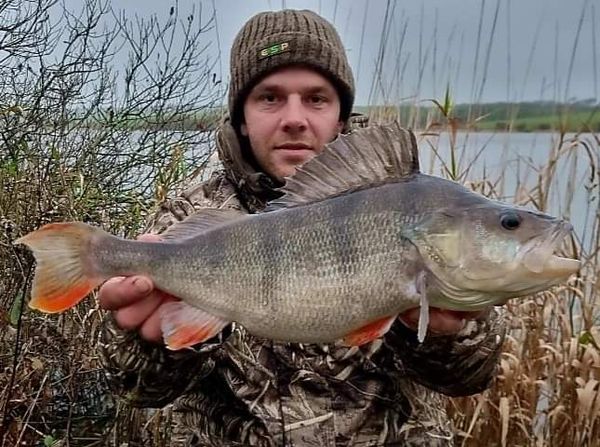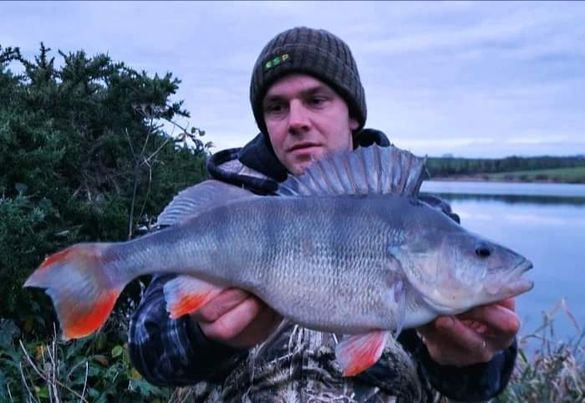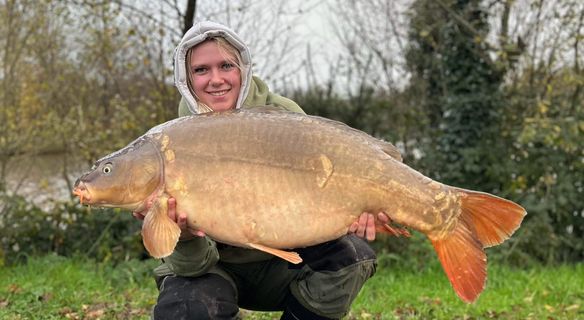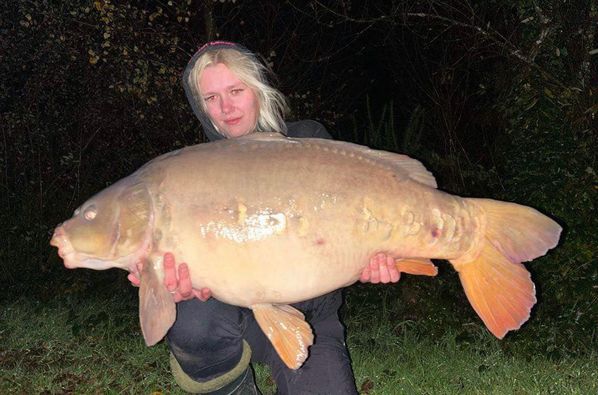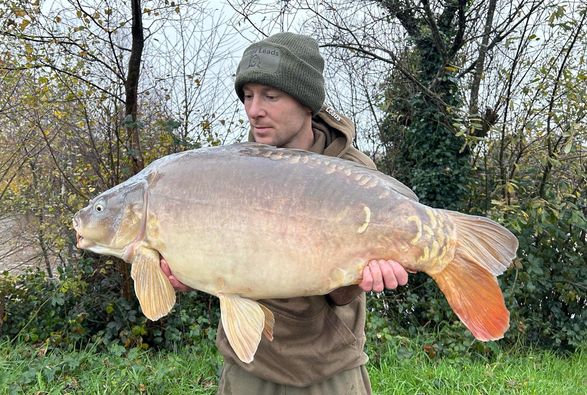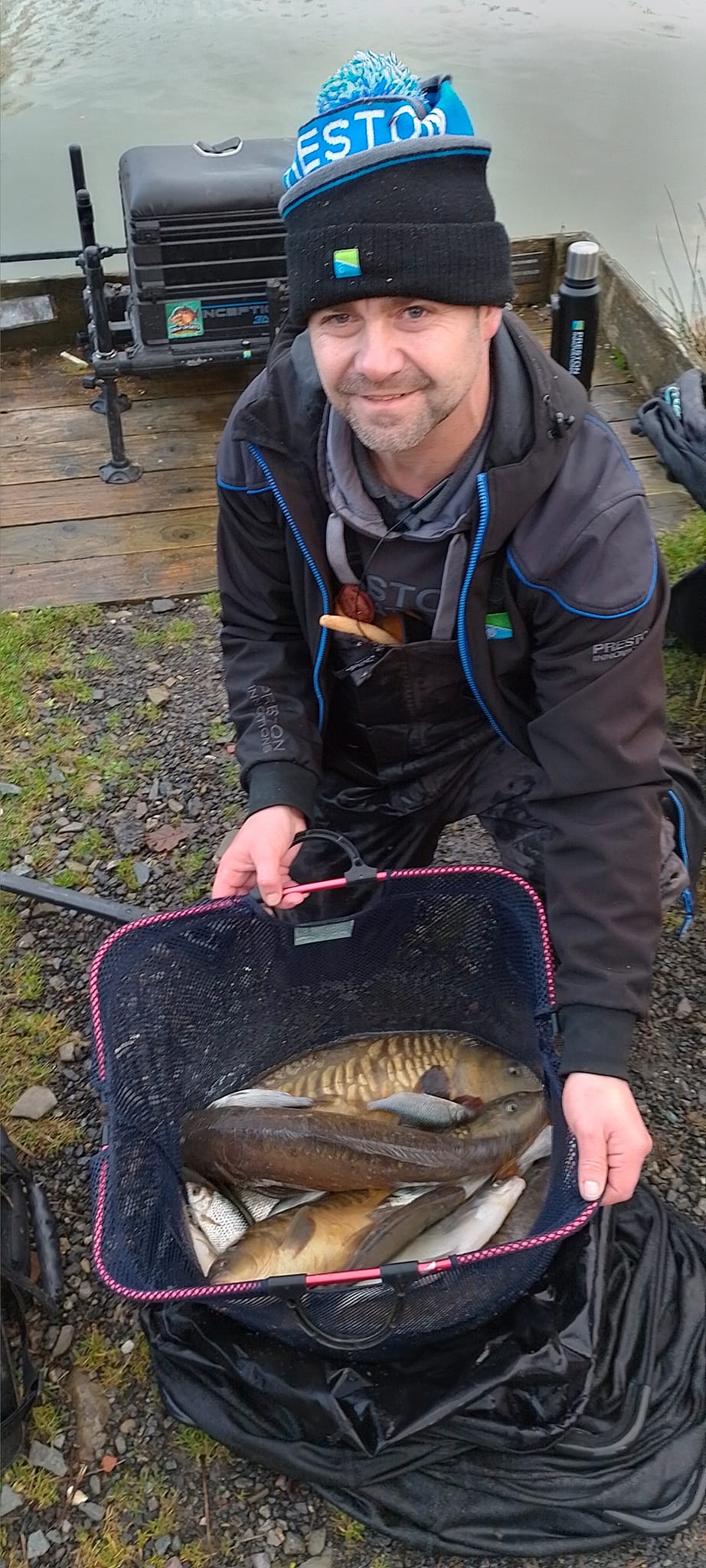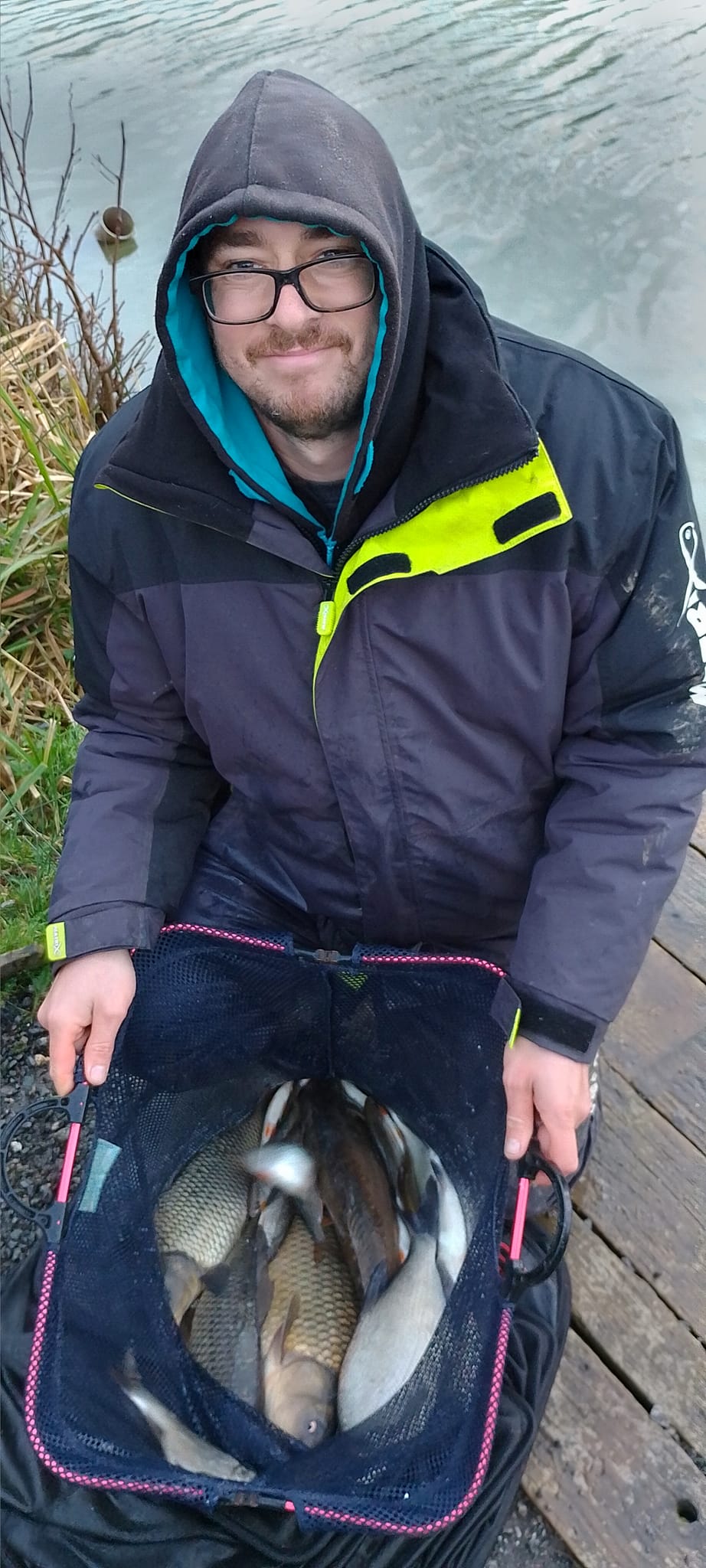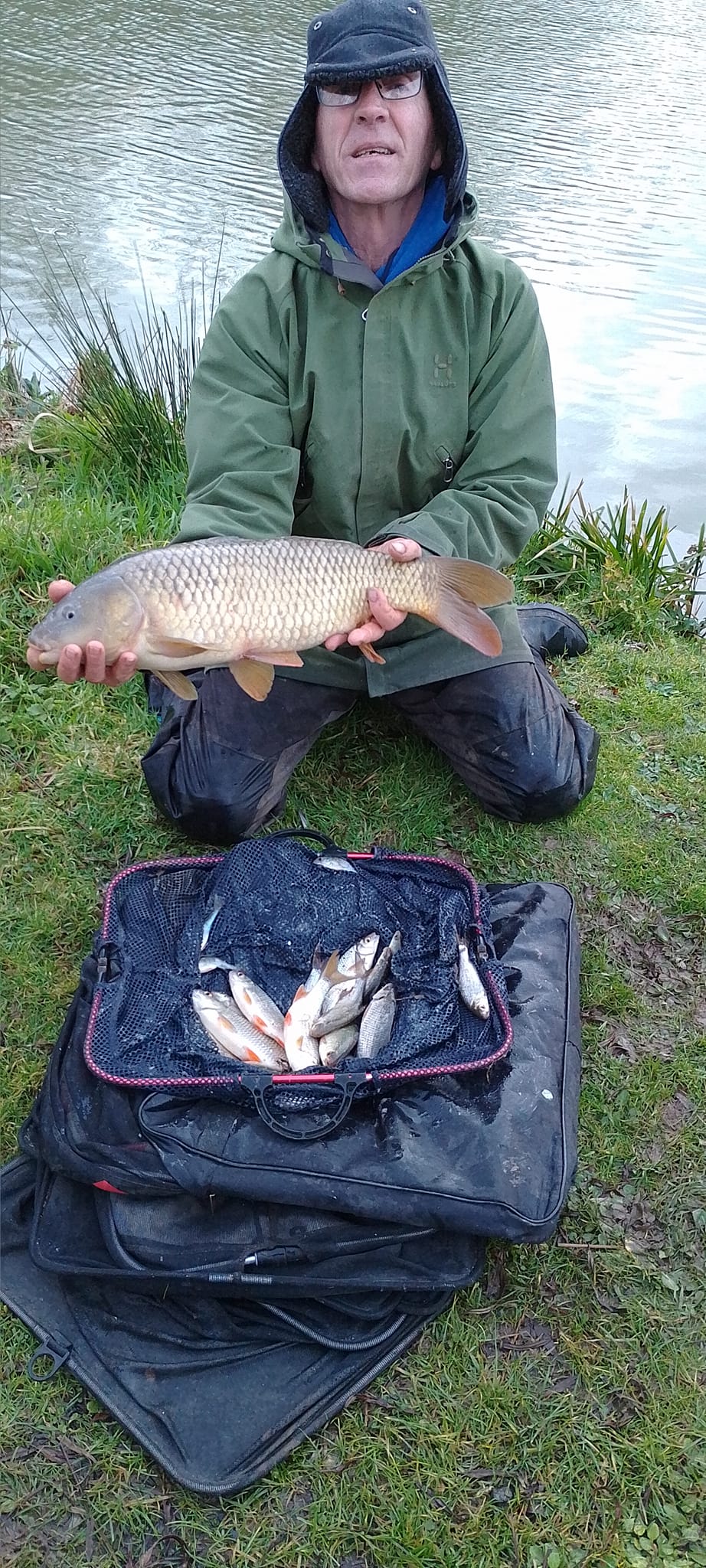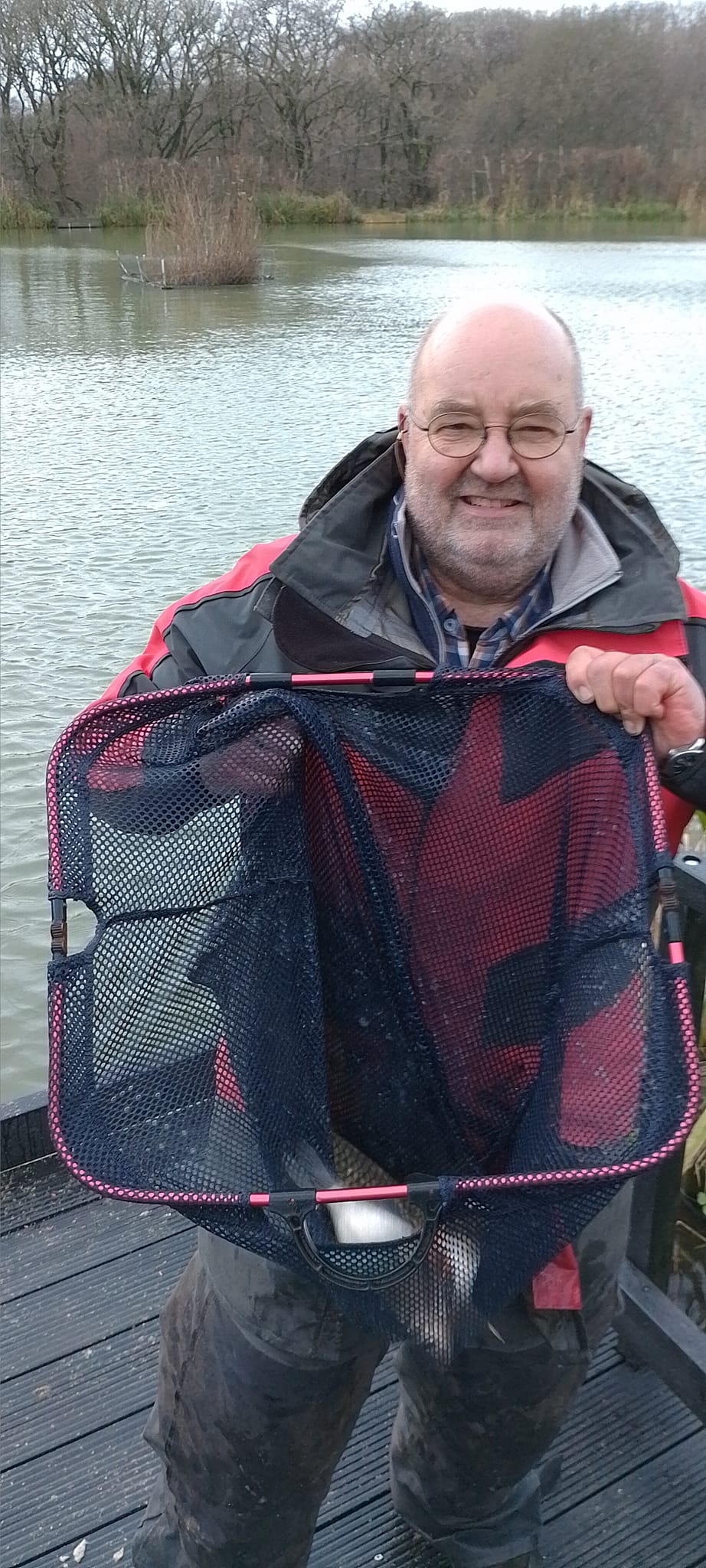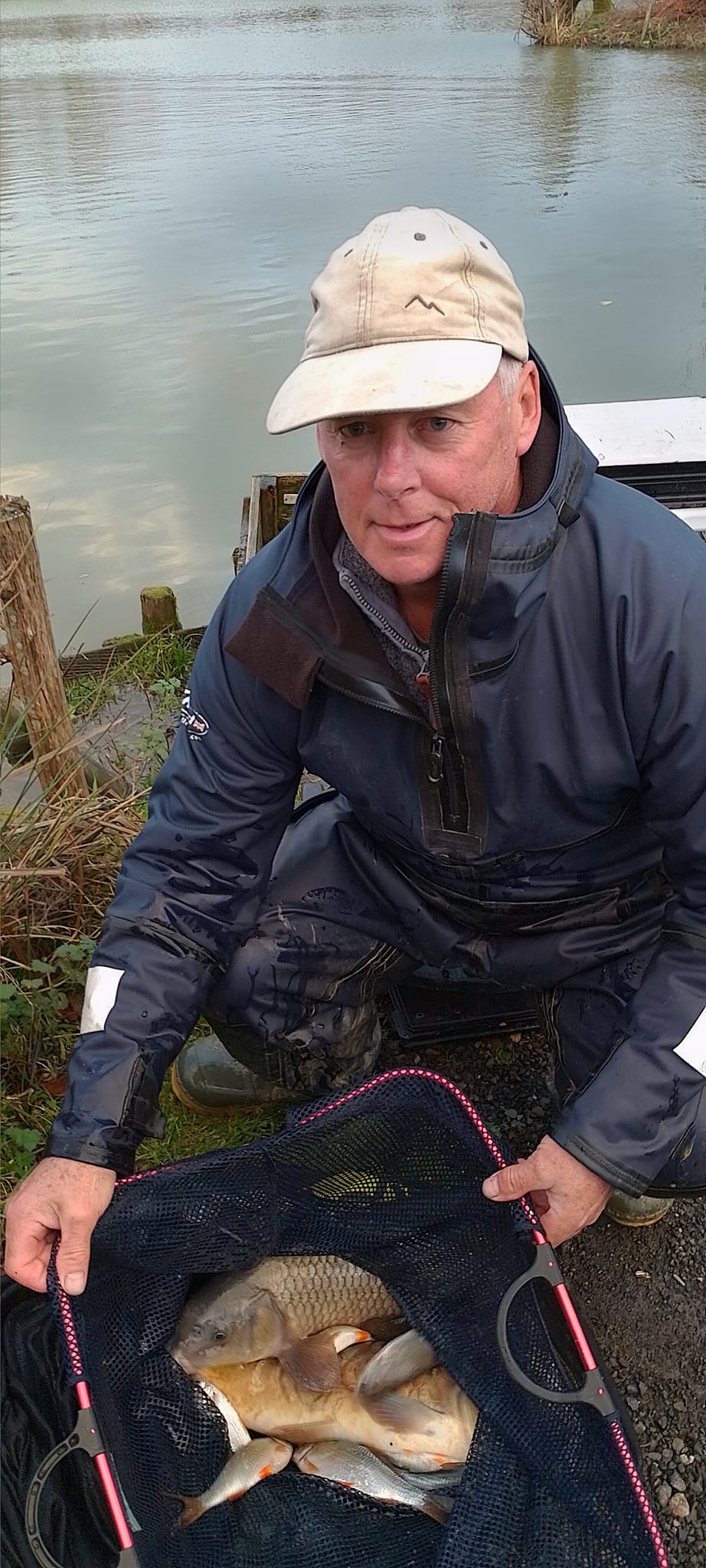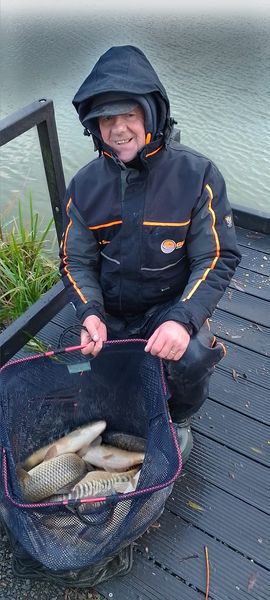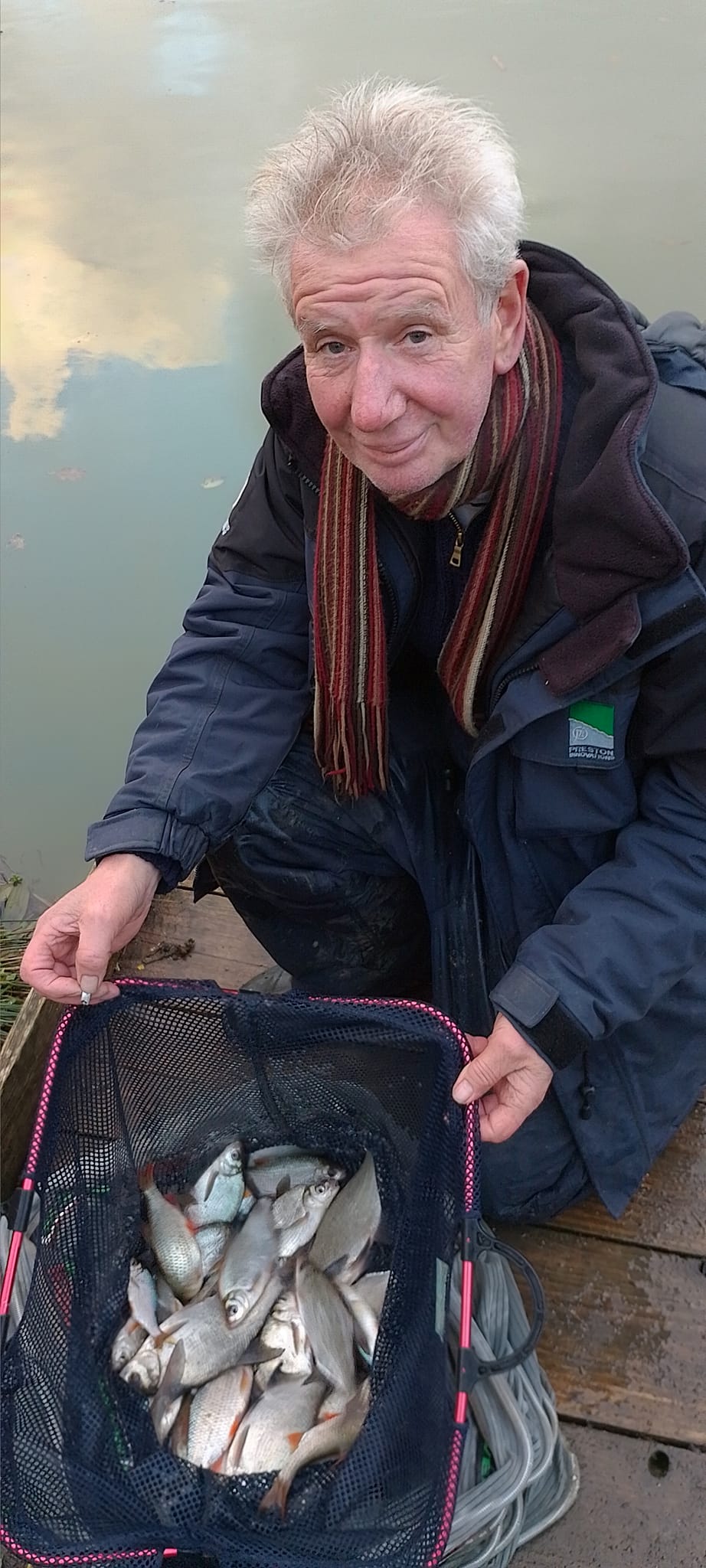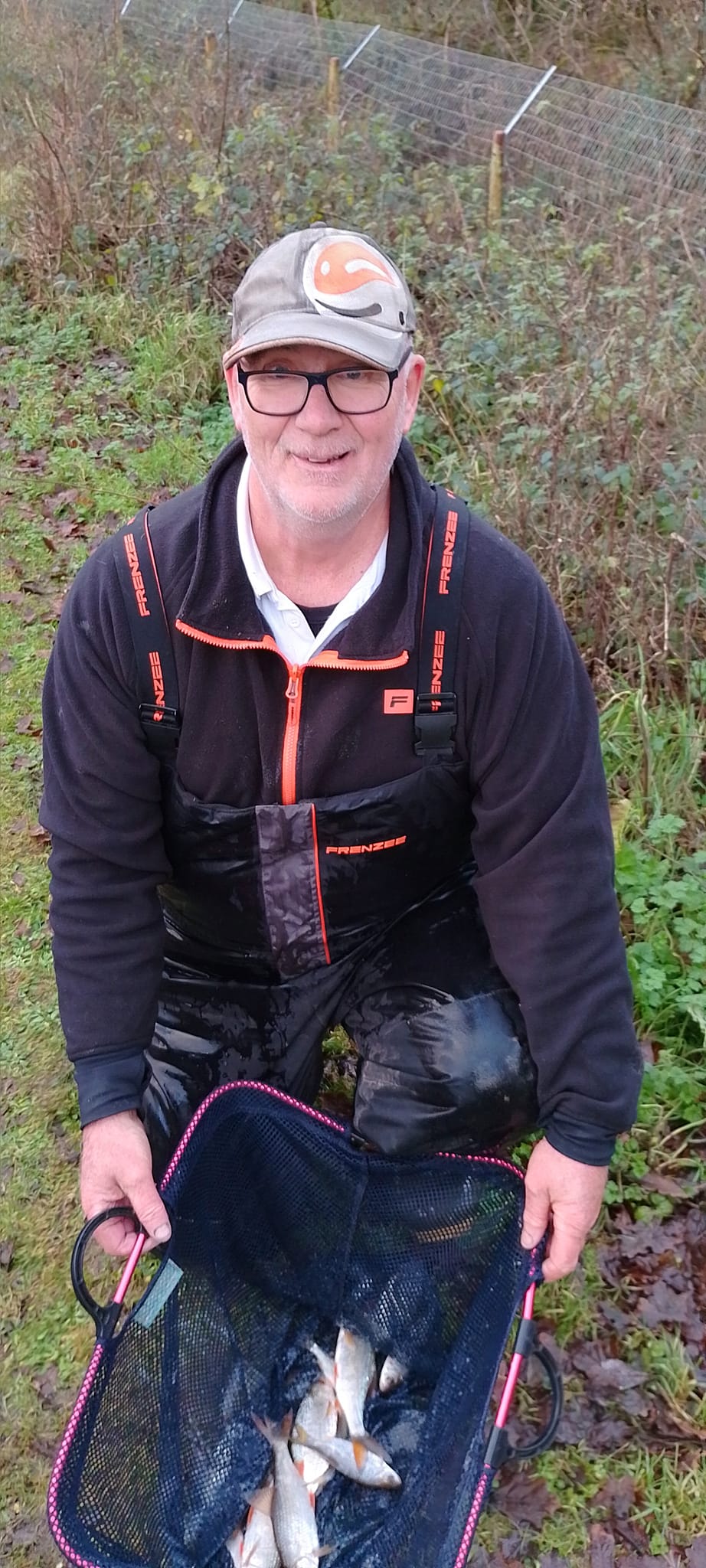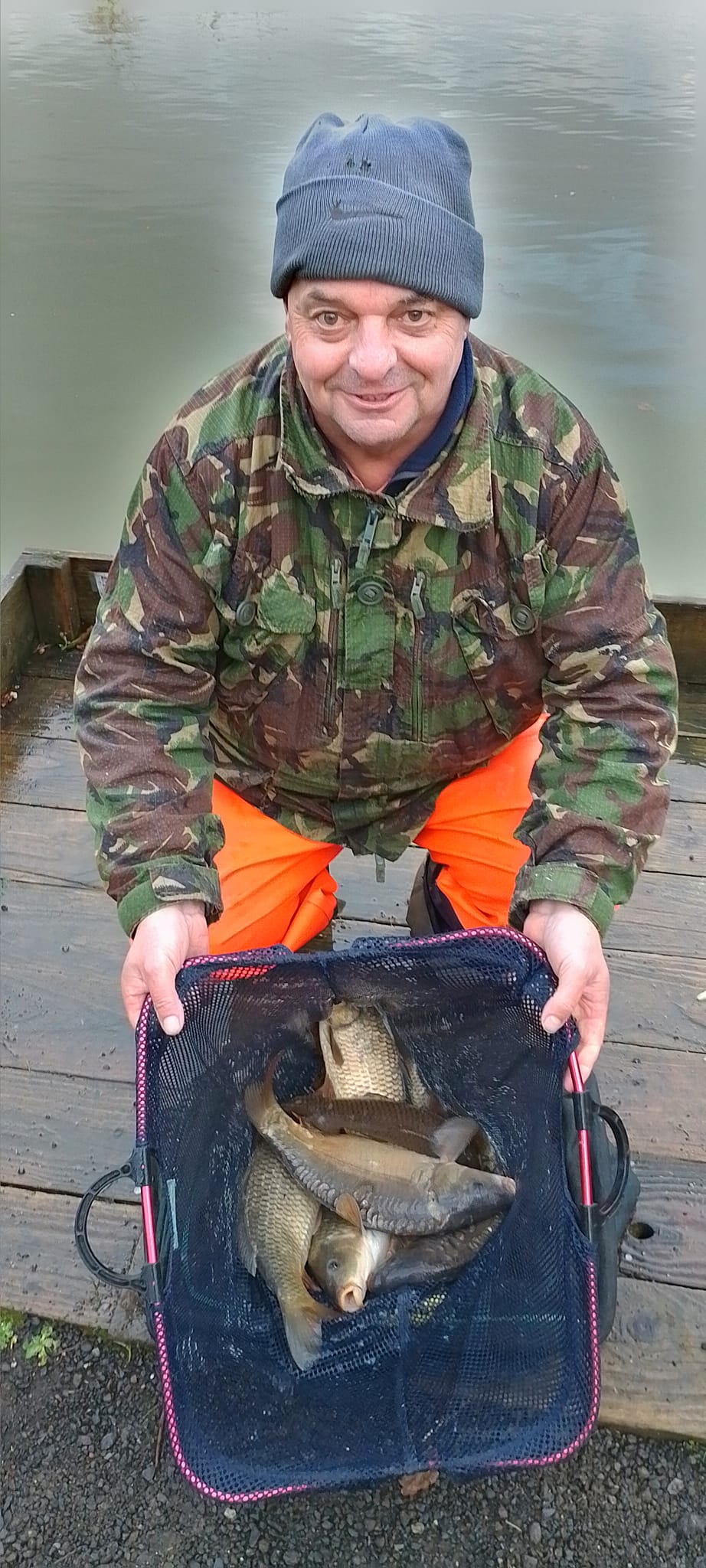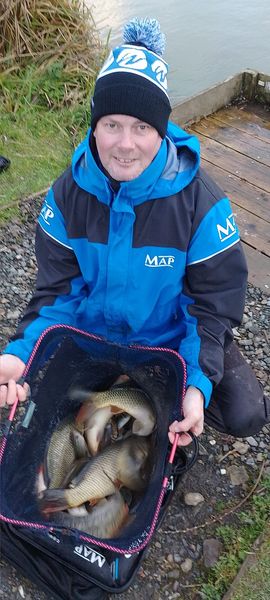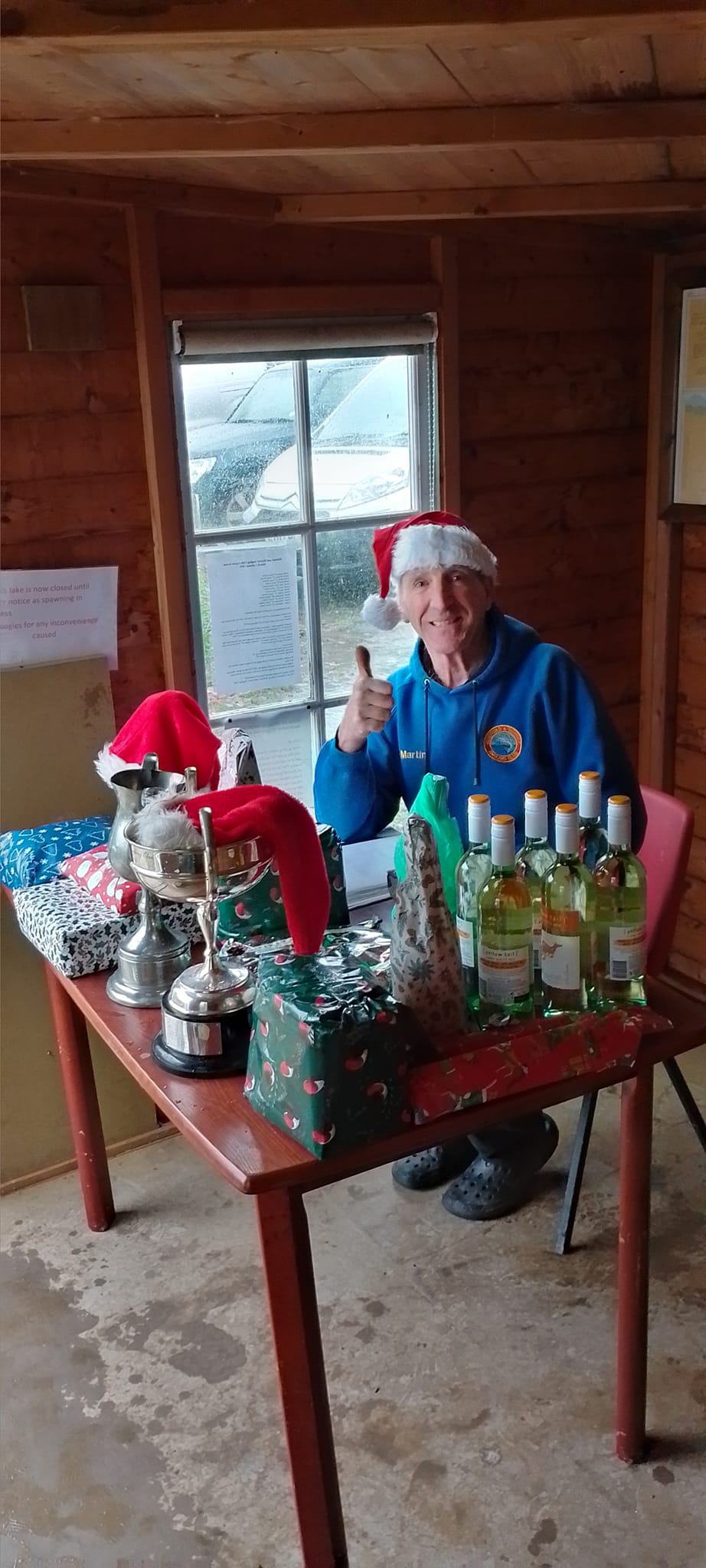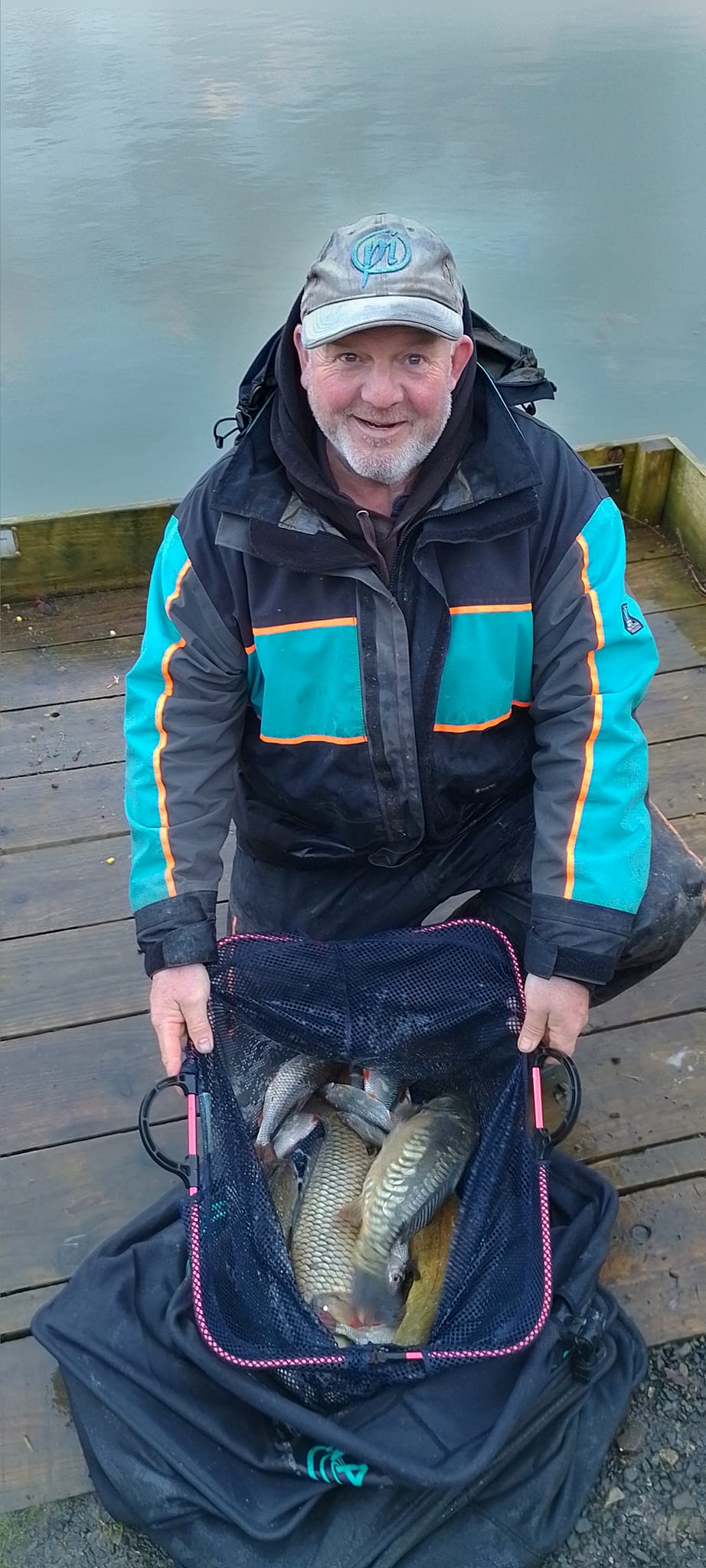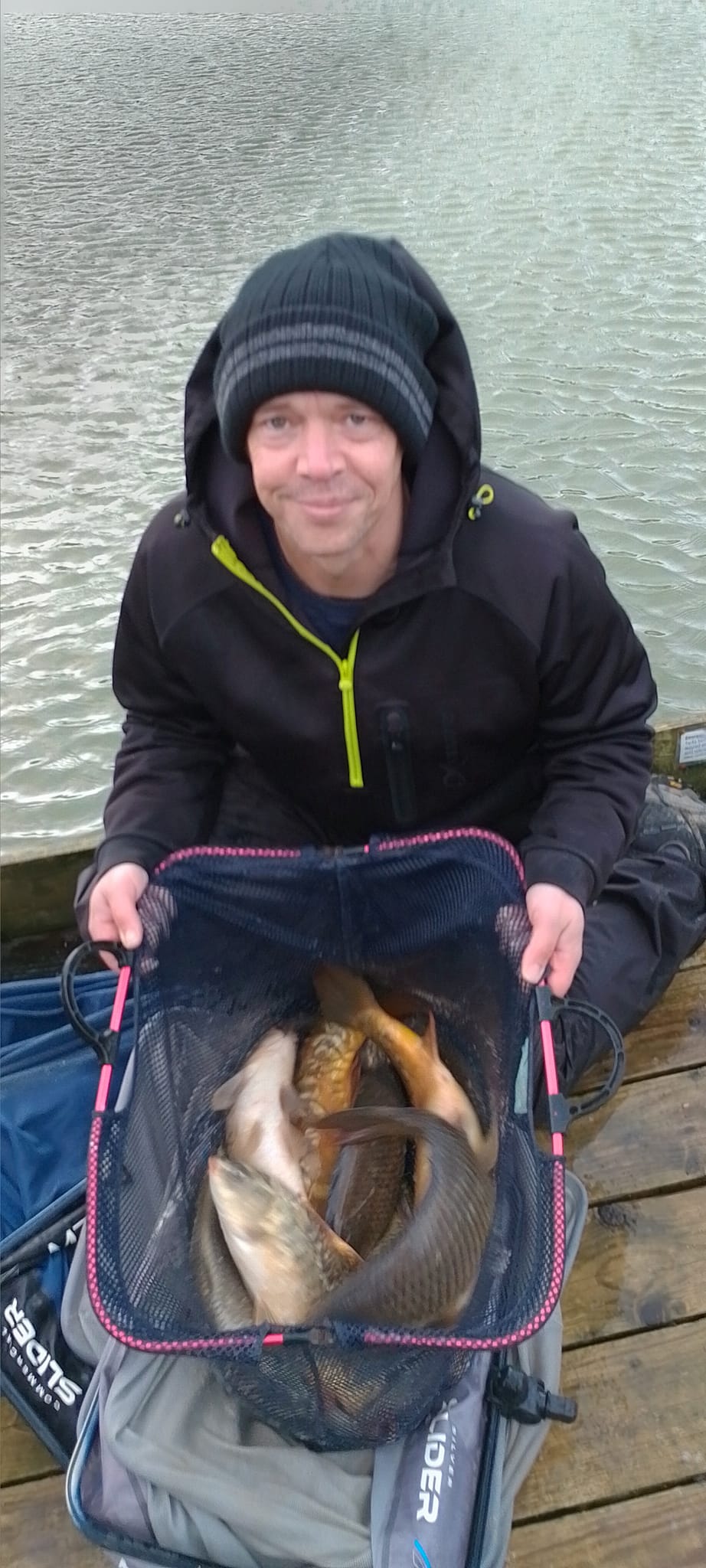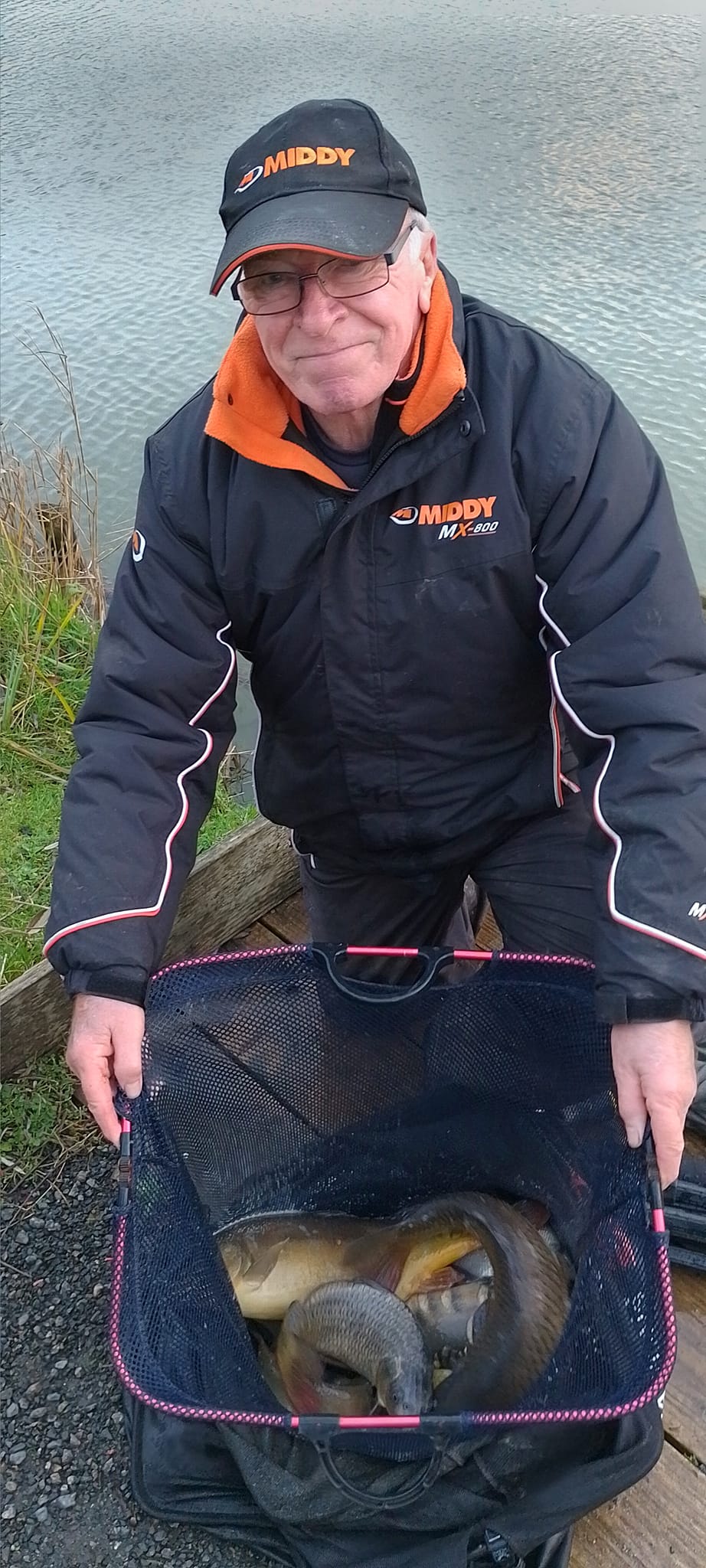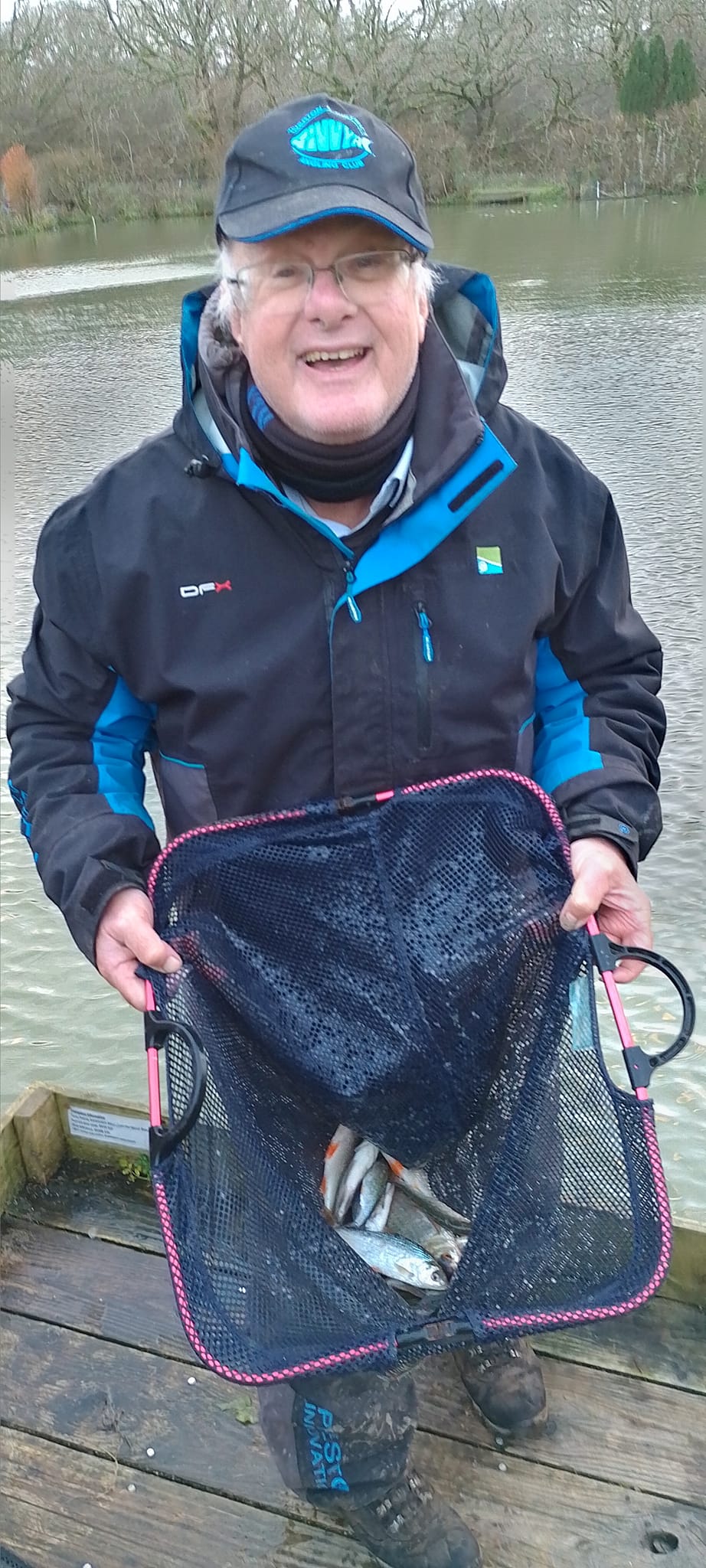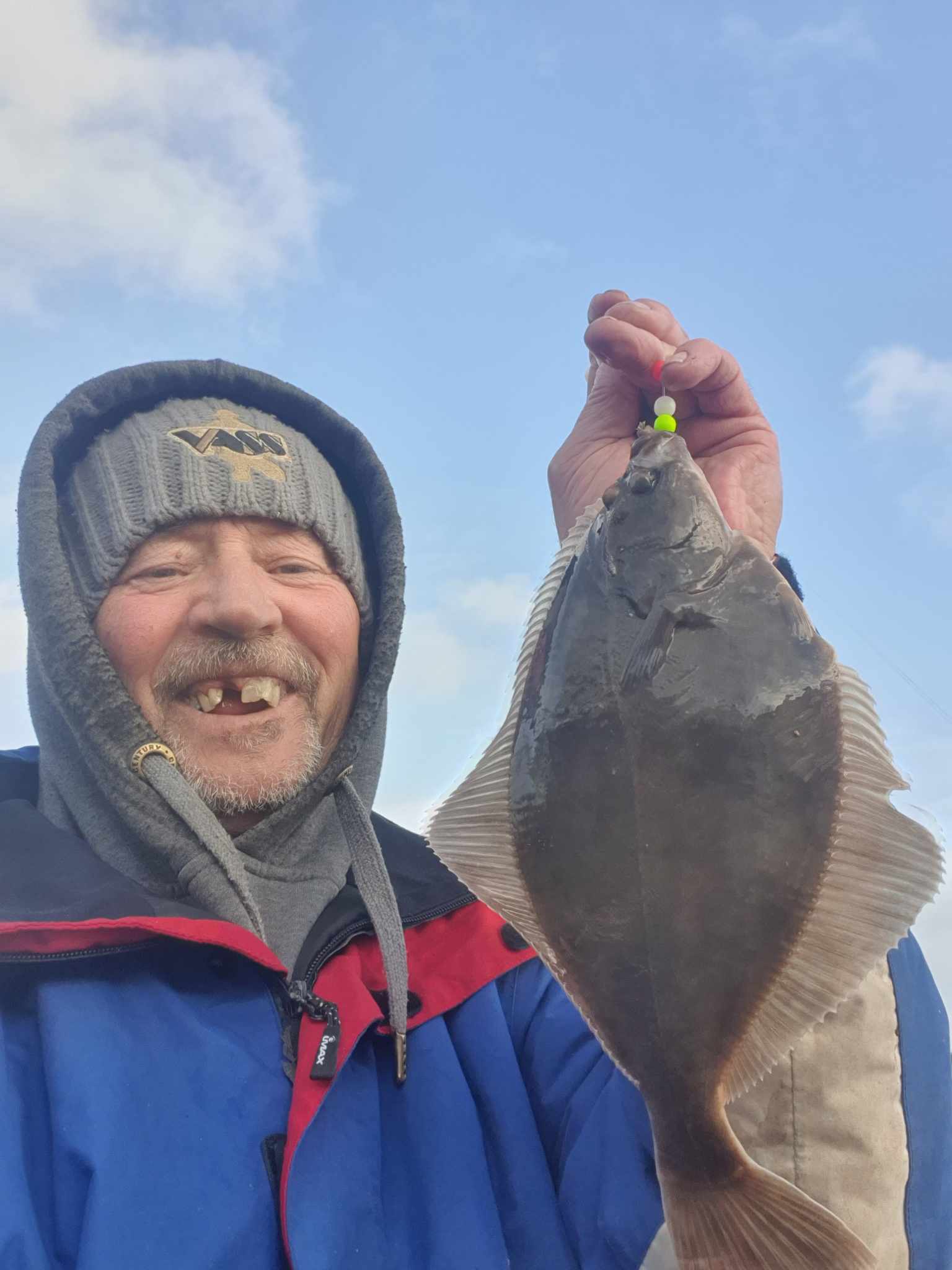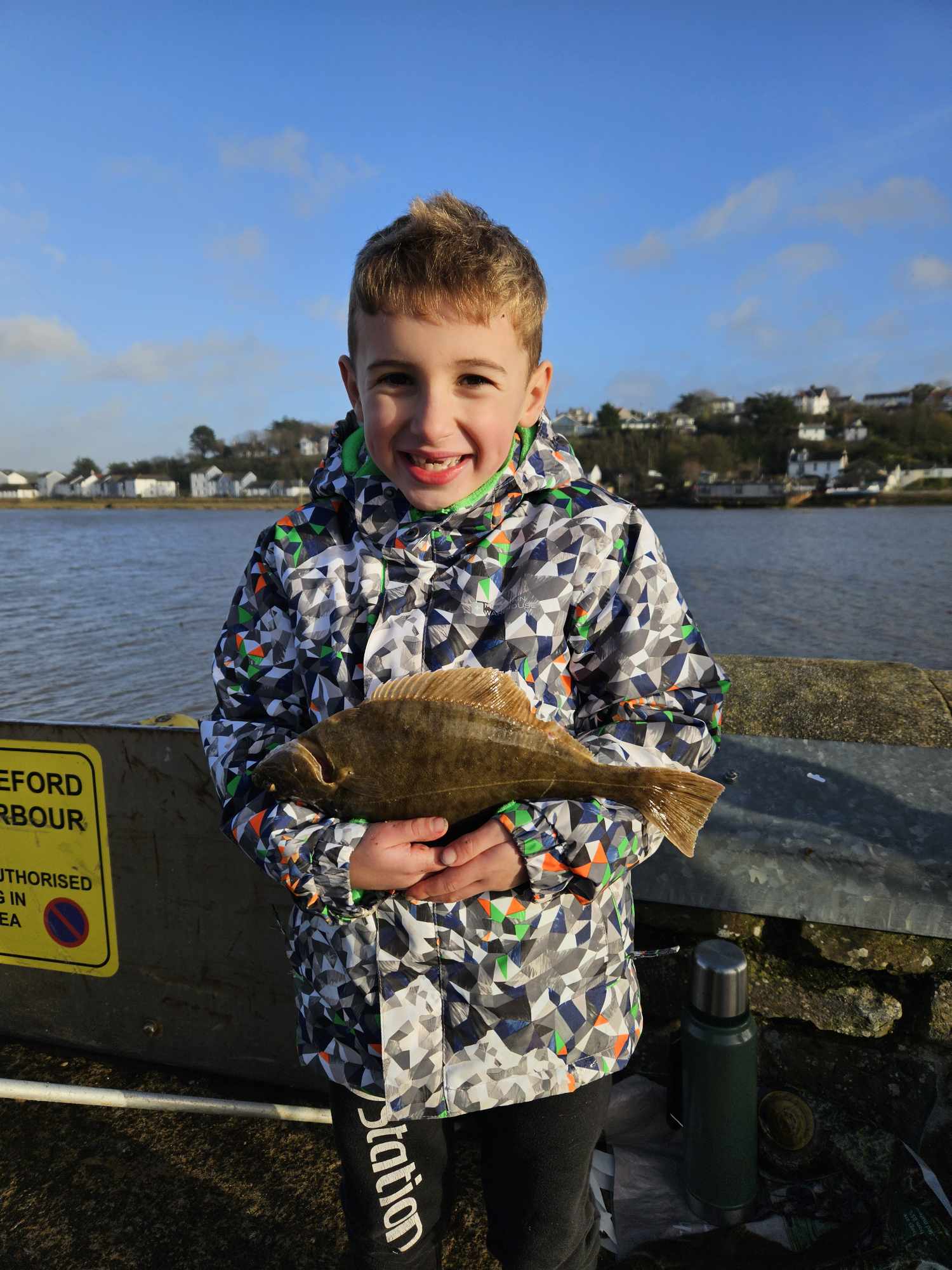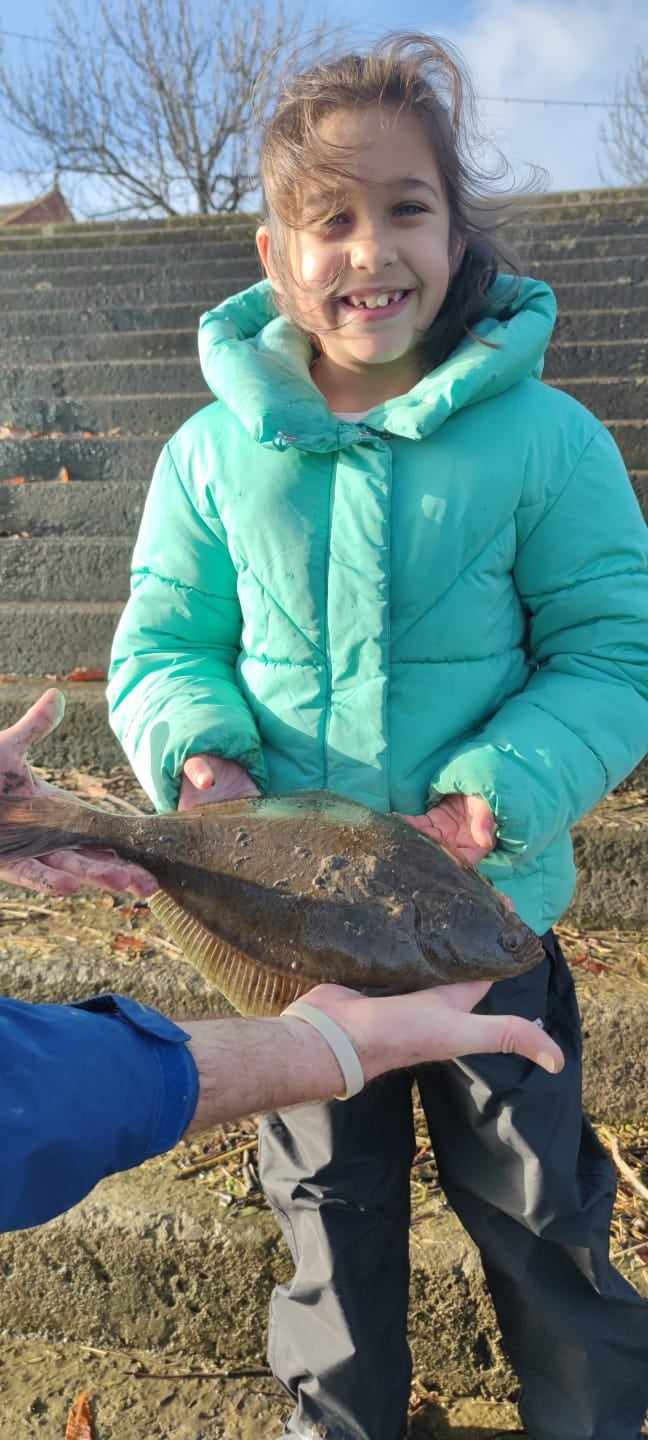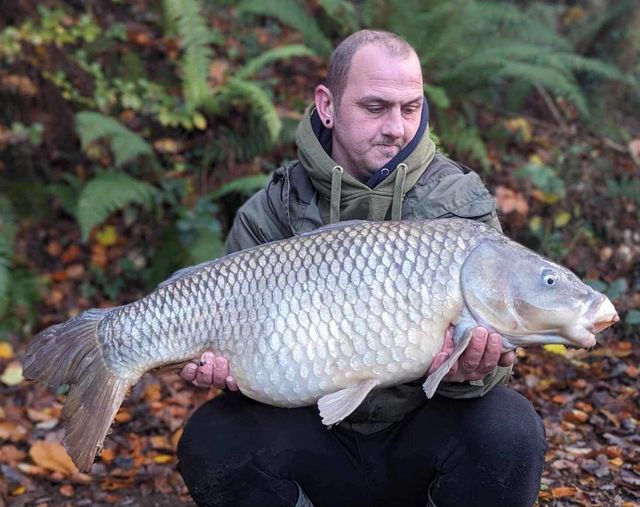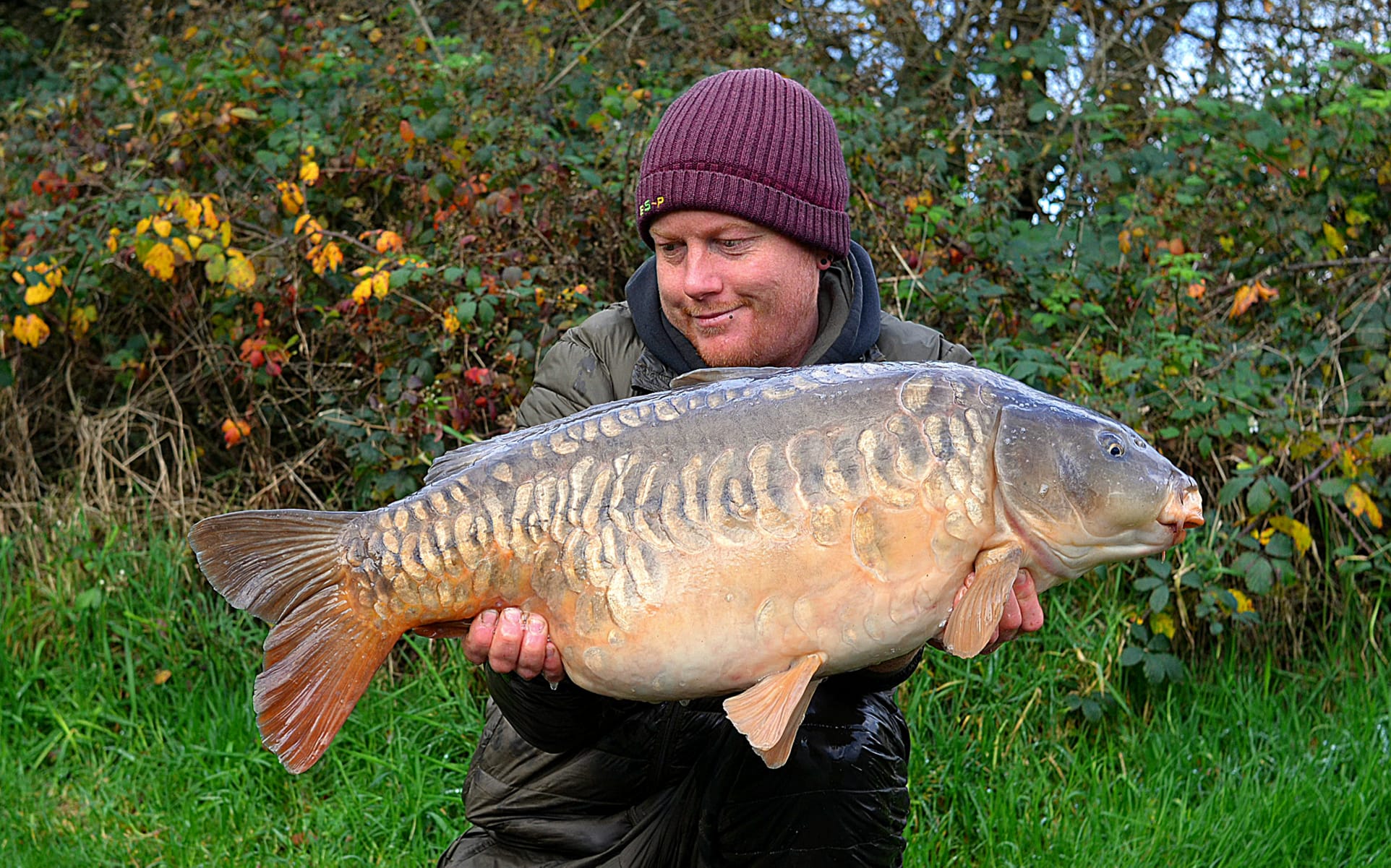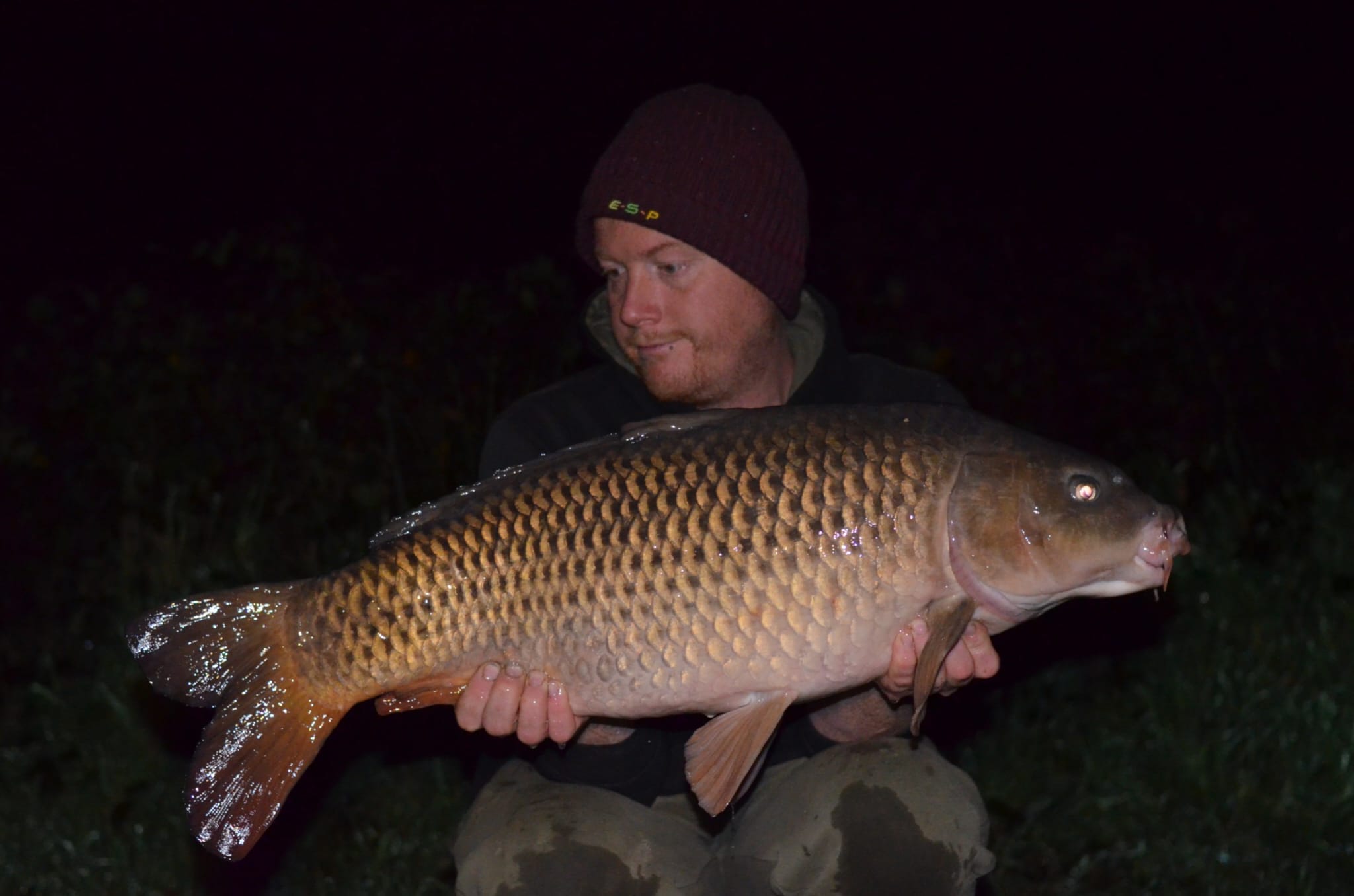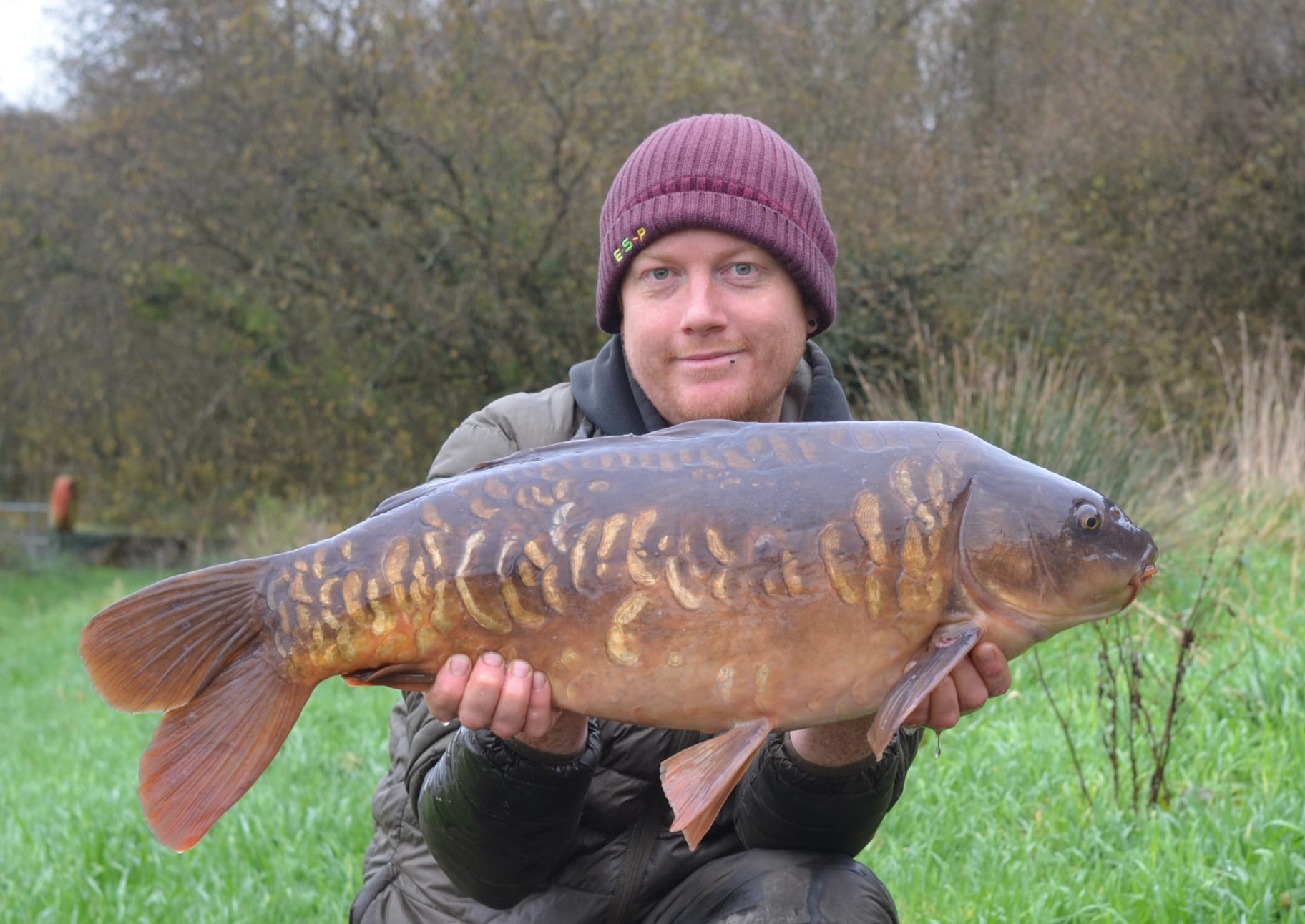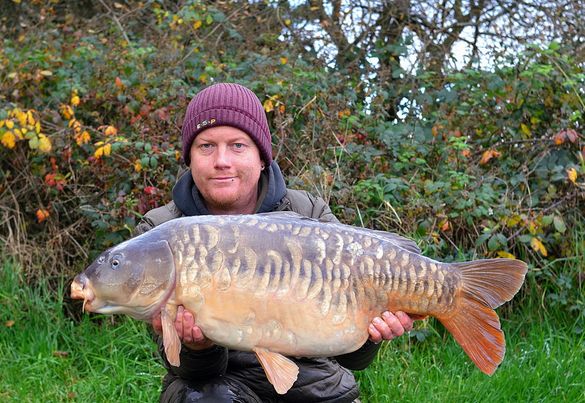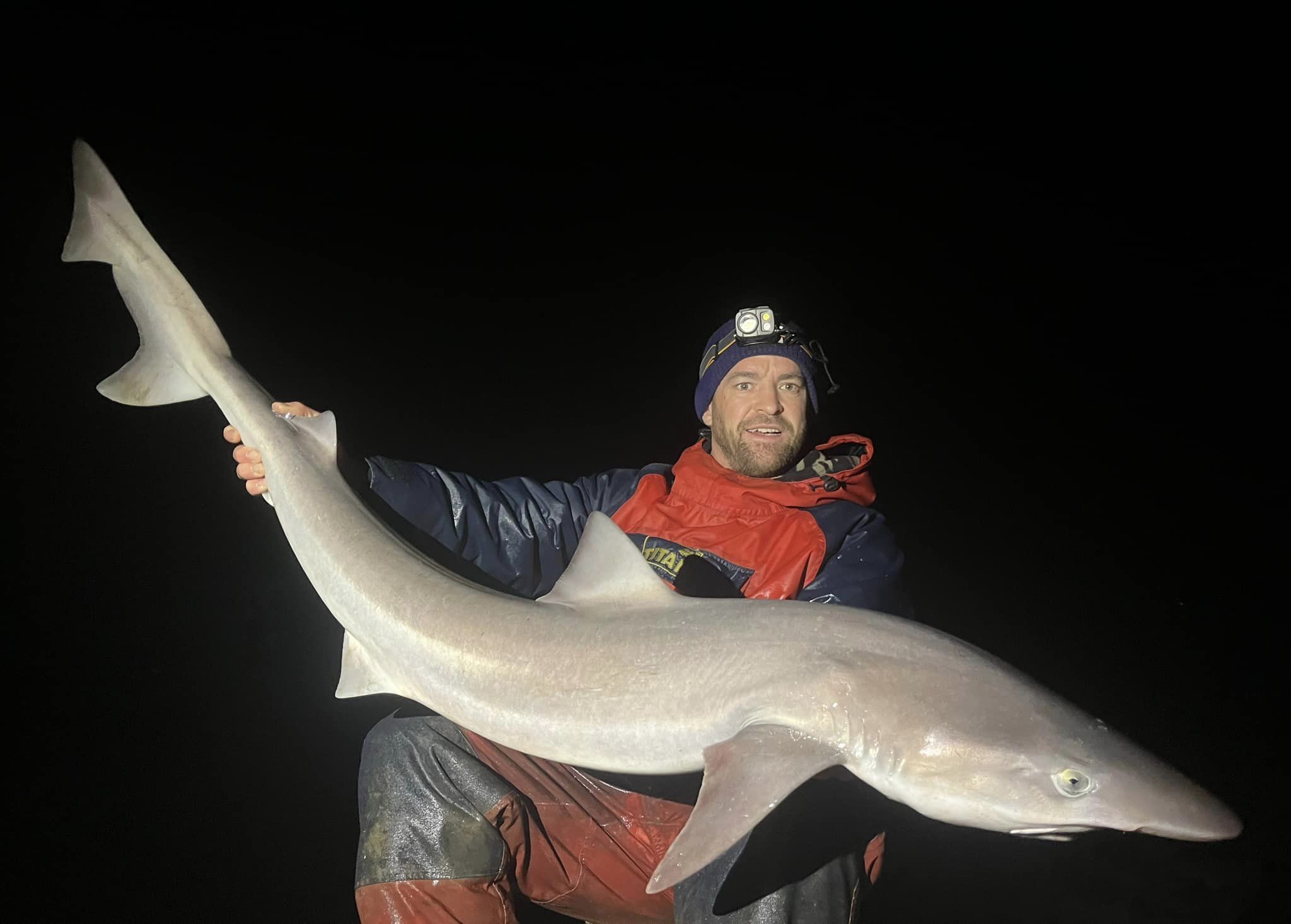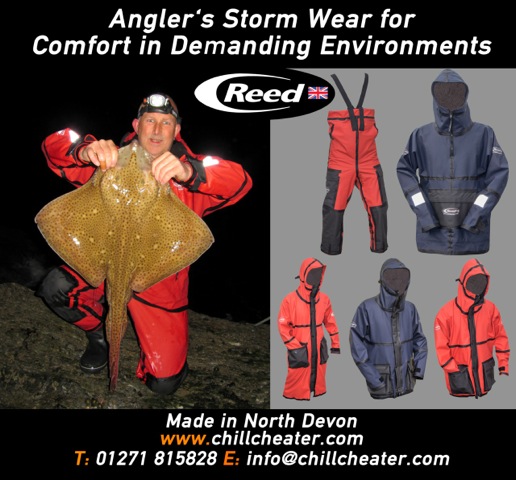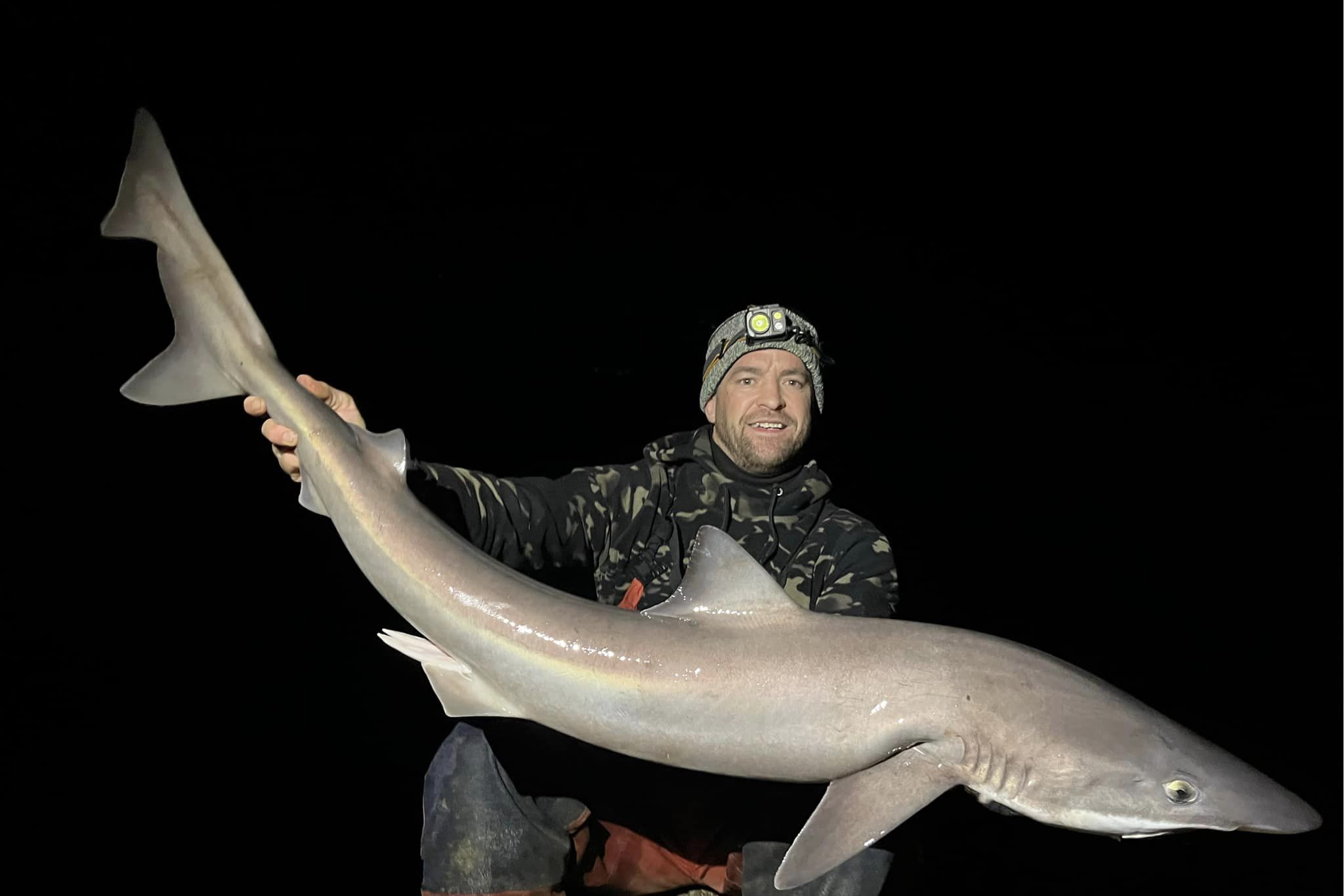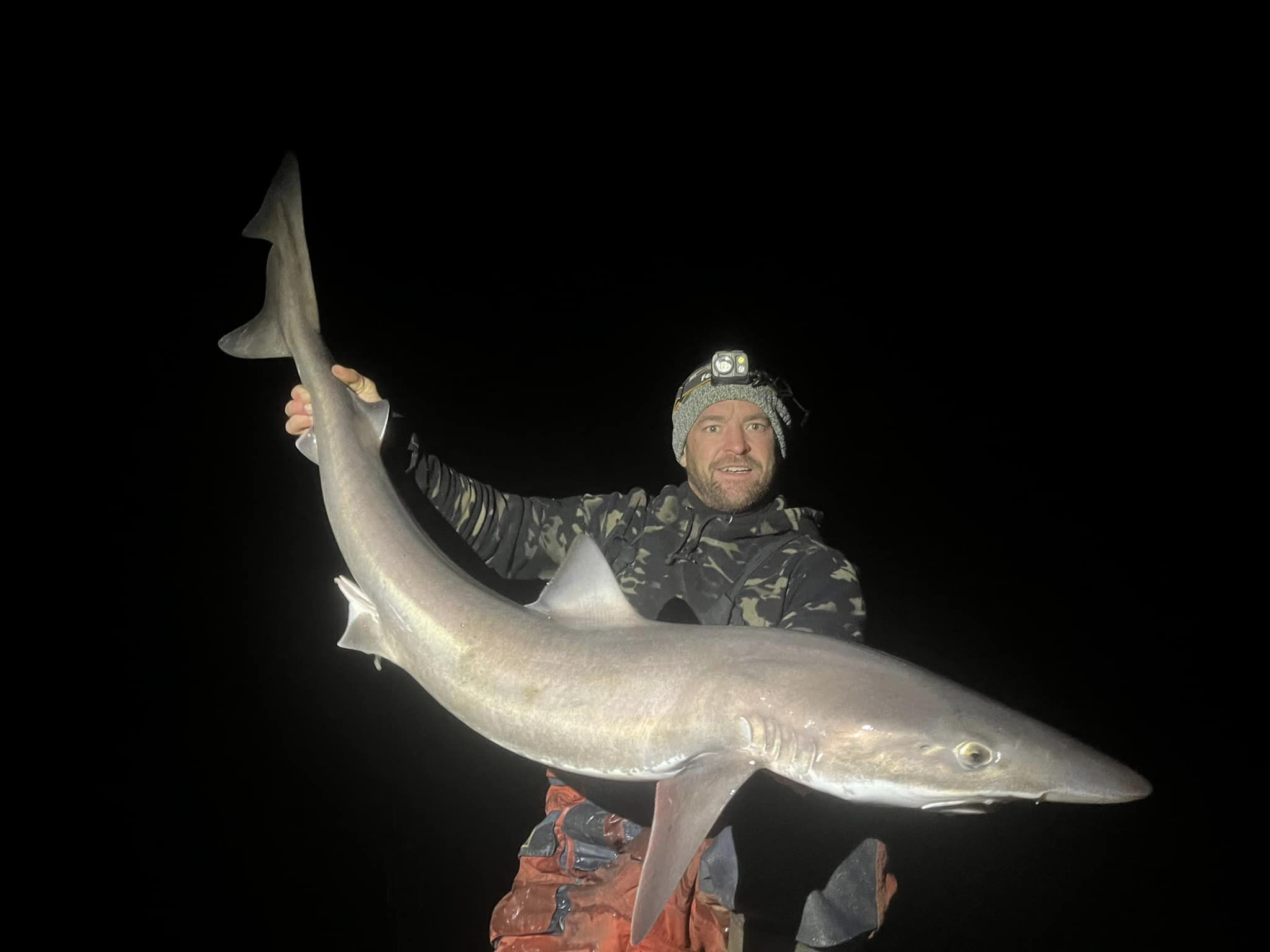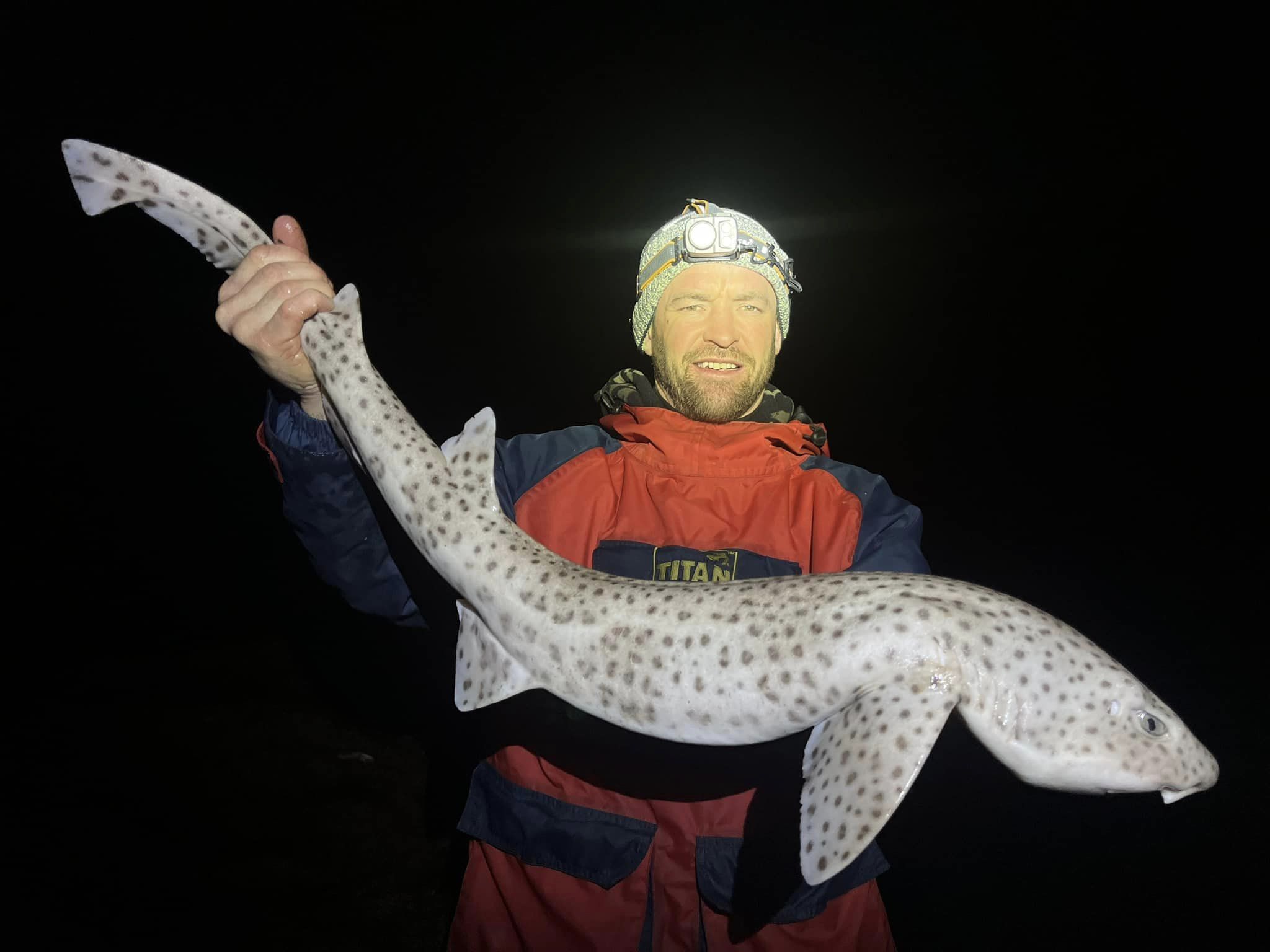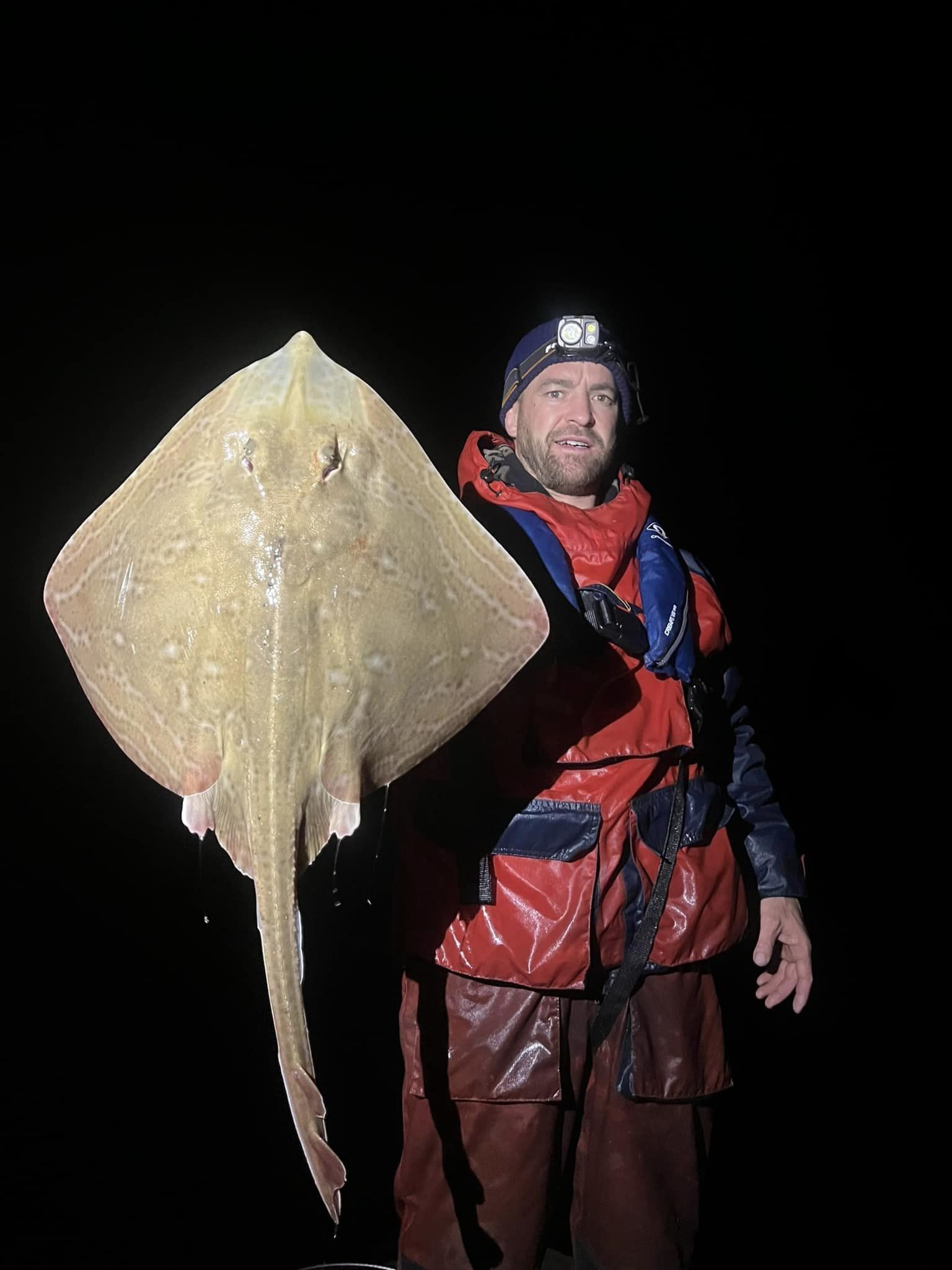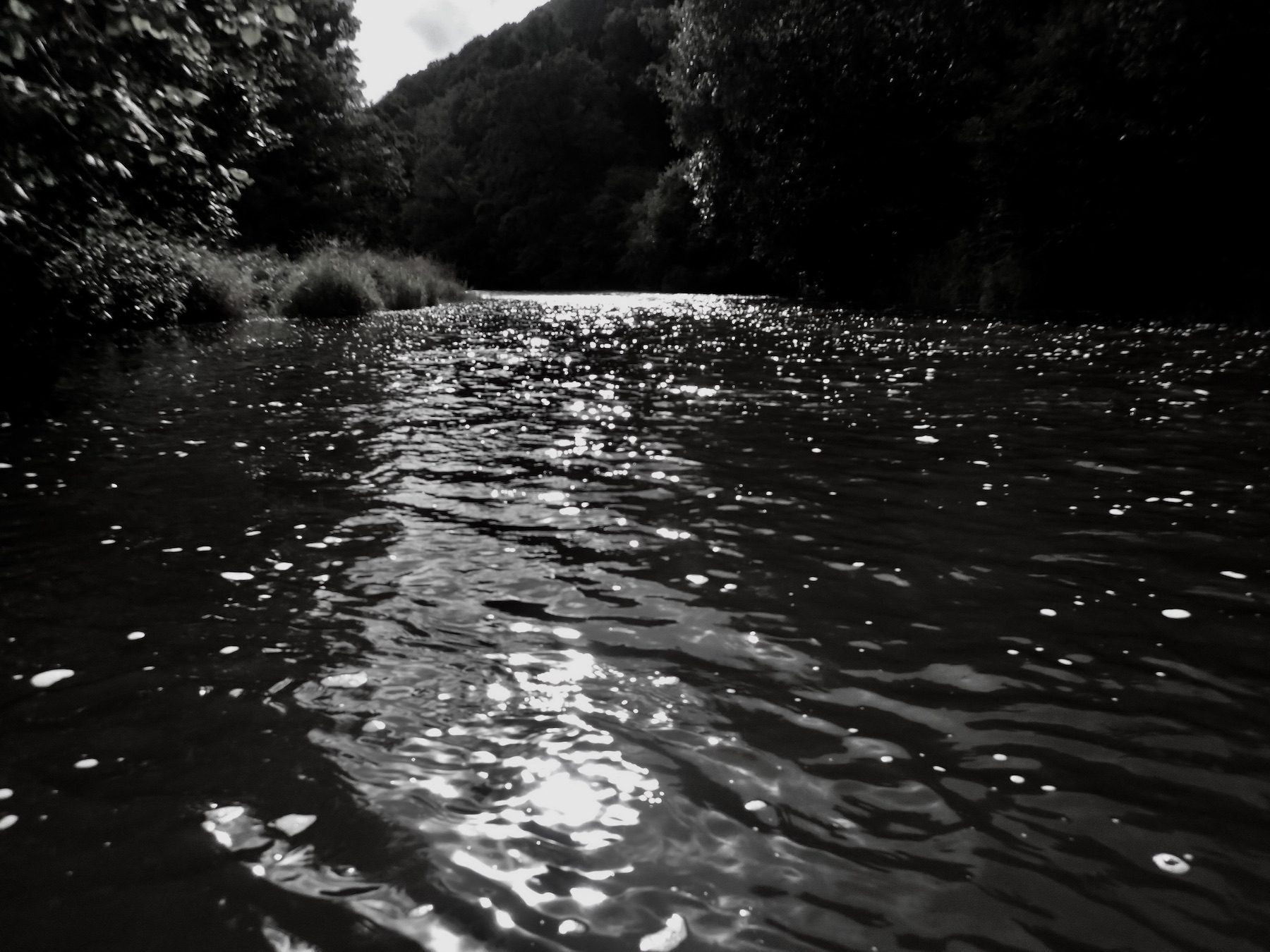
Data is vital in telling a story it’s not exciting, entertaining but it can be depressing and in the case of salmon and sea trout it’s a horror story. I caught my first salmon from the River East Lyn back in 1981 a year when 22,190 salmon were landed by rod and line anglers in England and Wales. Most of these fish were killed and taken for the table.
In 2022 the total rod catch for England and Wales was 6,388 of which 6.111 were returned. I doubt if 2023 will reveal any improvement in catches. The most alarming part of this is perhaps the steep decline in stocks since 2017 with catches plummeting from 13,571 to 6,388.
I am no mathematician and I know that data can be manipulated to some extent but this is stark.
To some extent the data is impacted upon by changing fishery regulations and fishing effort.
I am often asked what is the cause and I reply its complex.
An imbalanced eco system, Survival at sea, pollution, consequences of intensive farming, habitat loss, sewage, predation, poaching, salmon farming, overfishing, climate change, pollution, disease.
Beneath each heading there are many variables but I would hazard a guess, no lets google it. The world population in 1981 was 4,524,627,658 (around 4.5 Billion) it now stands at 8,045,311,447 ( just over 8 billion). So, the common denominator is likely to be a rapidly increasing population and an obsession with increasing GDP.
Where on the political agenda is the environment?
Salmon are of course just one iconic species that anglers take pleasure in catching but they are surely an indicator of a wider decline / collapse in the natural worlds eco systems. There is a growing awareness of nature’s decline as marvellous films like Planet Earth bring nature into our sitting rooms where we watch entertained as the splendour of the natural world is revealed and tales of its demise exposed in an unfolding horror story to surpass any Hammer Horror production.
As a young angler in 1981 I thought that salmon would always be present throughout my lifetime. If I am lucky enough to live another twenty years I could witness the extinction of these magnificent fish in UK waters.
“Don’t it always seem to go
That you don’t know what you’ve got ’till it’s gone”
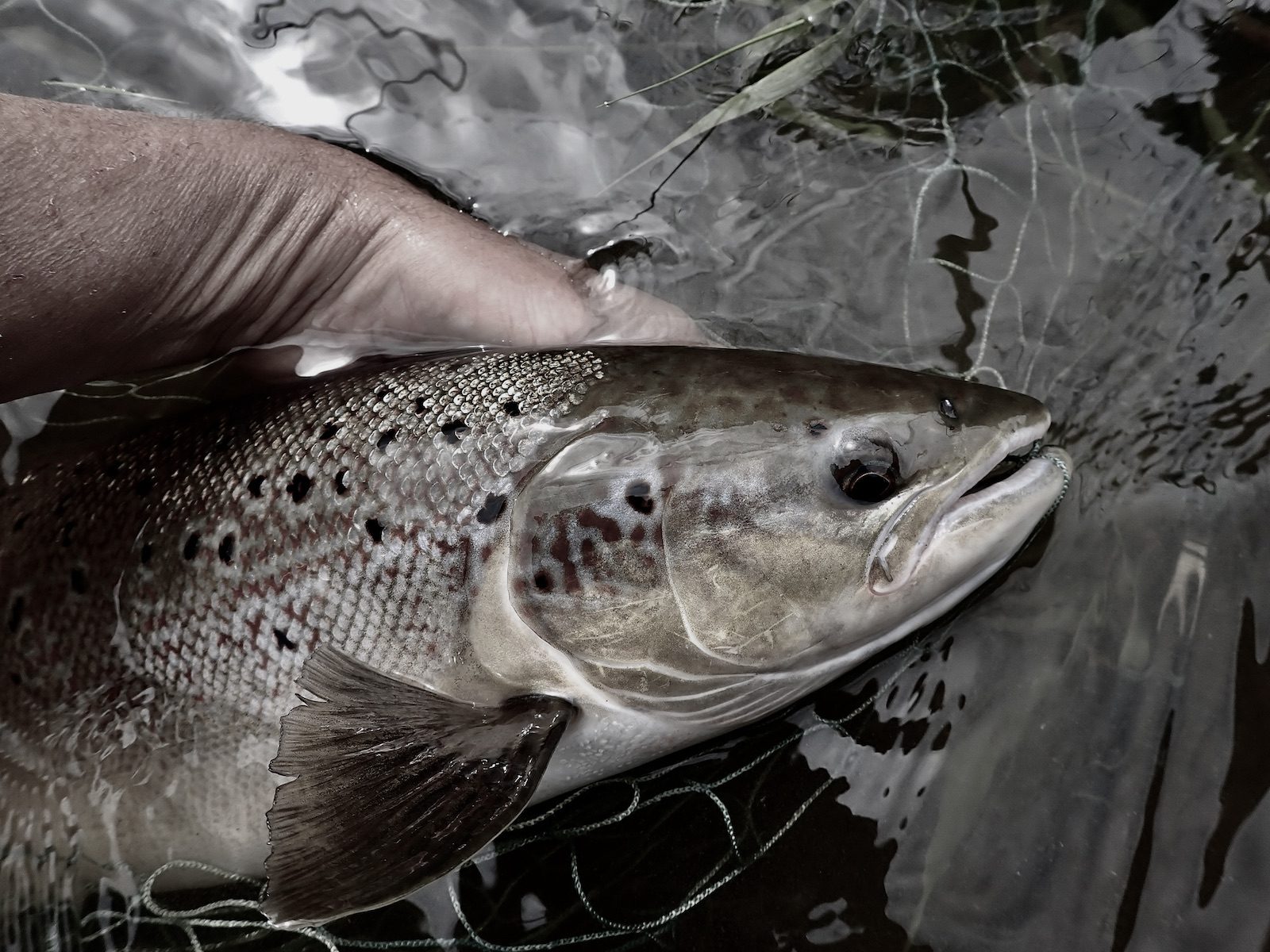
DATA MAKES FOR GRIM READING
Research and analysis
See Link Below
Salmonid and fisheries statistics for England and Wales 2022
Published 5 December 2023
Figure 1: Salmon stock status in England 2022
Risk value Number of rivers Percentage of total
Not at risk 1 2%
Probably not at risk 5 12%
Probably at risk 6 14%
At risk 30 71%
Is it too late? Maybe not for as nature and its demise climb up the political agenda there is a chance that those who care will do what needs to be done to address the many issues that impact upon salmon and the wider natural world. They say that where there is a will there is a way and there are some clever people out there and if given a chance nature is resilient and can recover.


